Theo Macdonald and Isabella Dampney
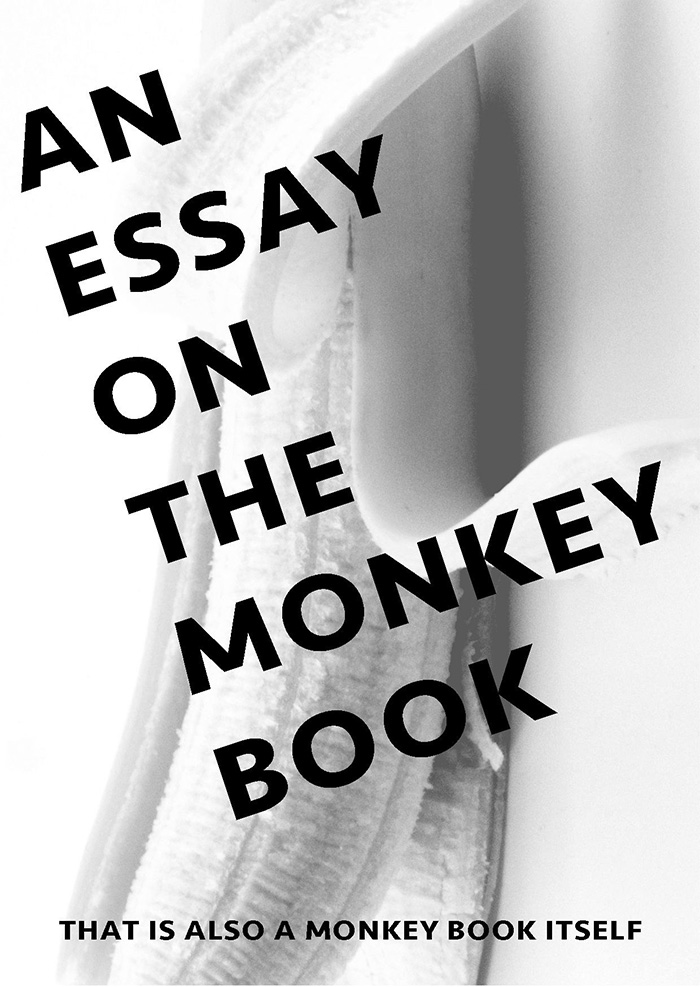
OBJECTIVE 1: A MONKEY BOOK IS NOT AN ARTIST BOOK, NOVEL, ZINE, MONOGRAPH, OR PUBLICATION.
International art institutions have gone to great expense and effort in the past decade to broaden the admittedly narrow range of art resources available online. The Getty, the Guggenheim, and The Met have together archived an estimated eight-hundred monographs for public download. Between YouTube and UbuWeb, a similar service has been performed for moving image art. To be young and an artist in 2017 is to have art history on the operating table in front of you, open to reconfiguration. It has never been easier to trace a lineage in Western – white, male, colonial – art, and it has never been easier to feel crushed under the weight of the past.
In as much as painting is different than drawing, ‘zines’ are separate from ‘publications.’ Artists and institutions have been producing documents as artworks for upwards of three-hundred years. William Blake’s hand-written and illustrated works from the Romantic Age have been cited as the earliest examples consistent with the contemporary ‘artist’s book.’ Artist books, novels, zines, monographs, and publications, differ substantially in production yet are bound by a shared language of formal definition. These mediums are more complementary than diverse. Generally, the following distinctions are true:
Zines and artist books are self-produced step-by step.
Artist books, and monographs, and novels are expensive.
Zines and publications are (Kanye aside) cheap.
Publications are afraid of being zines.
Monographs are afraid of being artist books.
Artist novels are so afraid of every other type of document that often they will eschew print entirely.
Publications can be serials, and monographs are not.
Monographs win awards.
Novels get included in biennales.
Zines are produced by institutions to gain sub-culture credits.
Every curator has a publication inside them trying to escape.
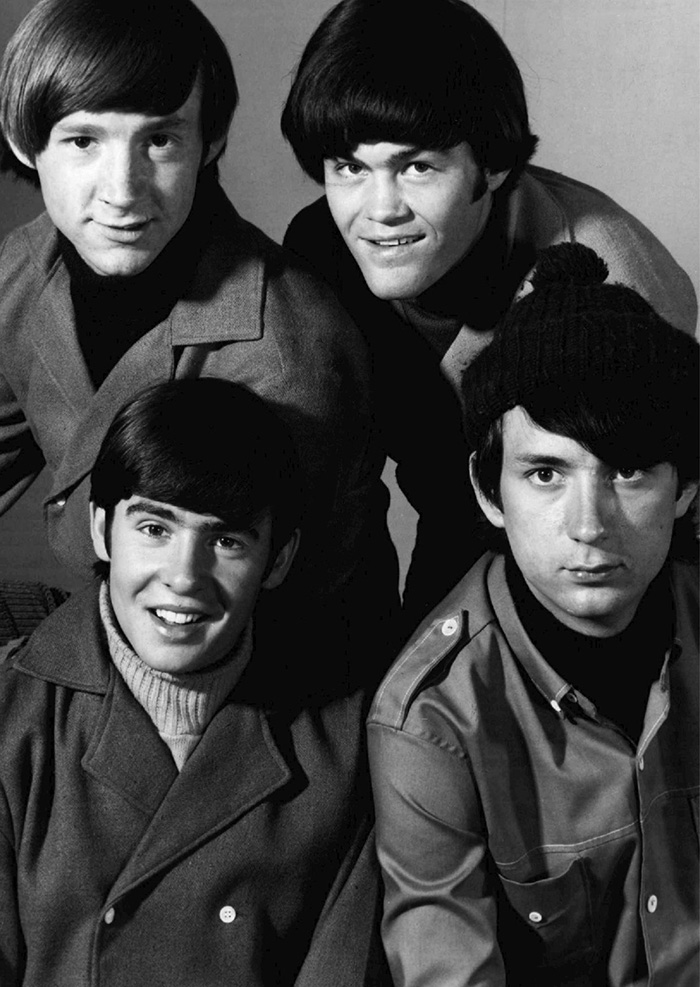
“My poor little monkeys. Who will fight for you when I am gone?” – Larry Kramer
Conceptual clarity is a double-edged sword. With the qualities of a medium canonised, new contributions to the field are muted by an adherence to implicit expectations of quality. The monkey book is a new type of art document, lacking formal clarity. This could make the monkey book – temporarily – an ideal mode for young artists feeling trapped by precursors. At the time this essay is being written there are an estimated 1.5 monkey books in existence. For monkey books, the question is not:
What are they?
But rather:
What could they be?
OBJECTIVE 2: MONKEY IS A DESCRIPTION OF INTENT, NOT A STRICT INDICATOR OF SUBJECT MATTER.
There are approximately 260 known species of monkey, however there are many more species if we include creatures that are not actually monkeys, but are colloquially referred to alongside them. Expanding the grouping ‘monkey’ allows us to incorporate gorillas, orangutans, chimpanzees, and possibly humans. Monkeys are loaded signifiers, and can form avenues for other ideas. The subject of monkeys is a valuable way of generating – or ‘monkeying around’ with – ideas, and thinking outside the cube. A monkey book might be a re-arrangement of another monkey book, it might imagine how monkeys play and self-organise. Monkeys/humans laugh, cry, and form communities.
‘Real’ monkeys are divided into catarrhini and plathyrrhine. The former includes Old World monkeys, such as baboons, and the latter are also referred to as New World monkeys. The two groups are cleanly defined by independent genealogies and difference in nose shape. Catarrhines have downward facing nostrils, no prehensile tails, and tubular ear bones. New World monkeys have flat noses, can have prehensile tails, and generally lack trichromatic vision.
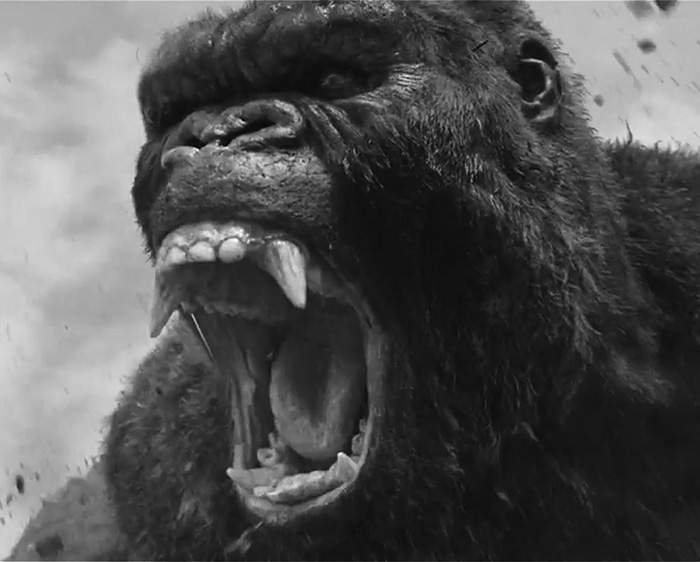
This load of information is essentially irrelevant, however including it usefully demonstrates the diverse subject matters – genealogy, vision, sound – that can be explored through the medium of the monkey book. Across literature and religion no airtight pattern of monkey symbolism presents itself. Within the world’s mythologies, monkeys have conveyed courage, ugliness, trickery, greed, wisdom, nature, and mortality. The diversity of representation is a consequence of the diversity of monkey species that can functionally co-habitate an environment. Monkeys have gone to space, aided the disabled, met United States presidents, and joined the People’s Liberation Army of China. Monkeys are loaded signifiers, however at a certain point being loaded transmutes into malleability.
The diversity of monkey books will ultimately match the diversity of monkey education available to the public. Popular comprehension of monkeys is directly consequential to the presence of monkeys within mass literature and cinema. One of the movies’ most popular monkeys, King Kong (Megaprimatus Kong), is not a monkey at all. He is rabbit fur, latex, and foam rubber, wrapped around an aluminum skeleton. Merian C. Cooper, the creator of Kong, stated in an interview ‘I was a great believer in constantly changing Kong’s height to fit the settings and the illusions…sometimes he’s only 18 feet tall…sometimes 60 feet or larger.’[1] This spirit of mutability must extend beyond the sizing of movie monsters, and into the philosophy of the monkey book. Anyone can make a monkey book, it is an open source idea, a method for producing a document of monkey-ness, however that may manifest. The monkey book can expand monkey education, and the capacity of what a monkey could be.
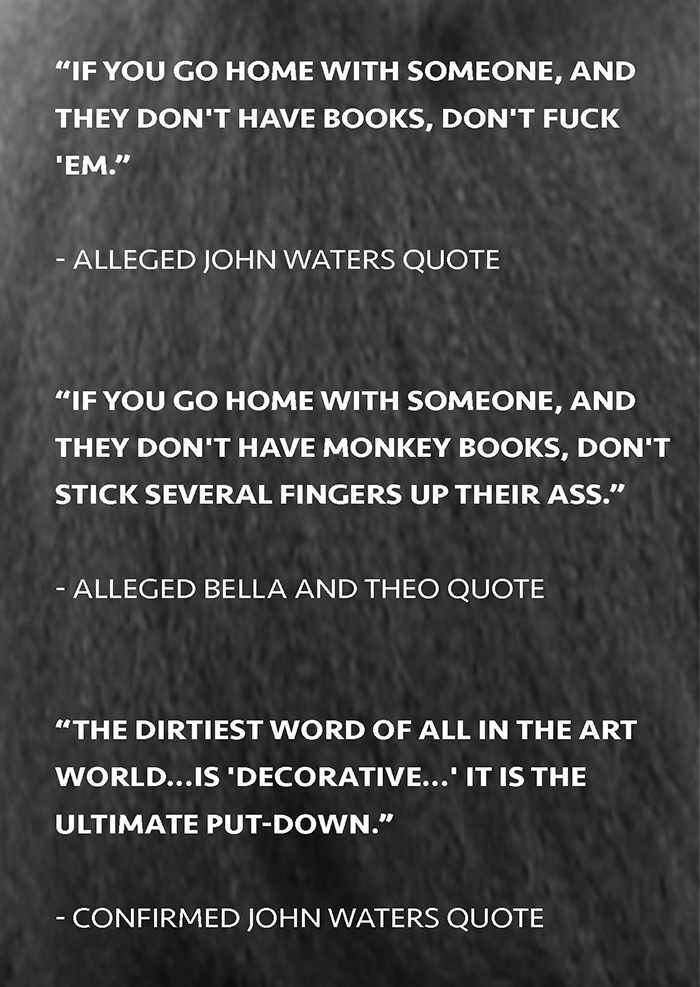
OBJECTIVE 3: A MONKEY BOOK CAN TAKE ANY WORK, AS CAN THE MONKEY WITHIN IT.
There may be no hard fast rules in conceptual art, but one hard fast rule is that interesting art is rarely tasteful. This is not equating goodness with vulgarity, but it feels true that engaging art is rarely self-conscious about having a place in the arts community. Tasteful art is art that draws upon intense subject matter through pre-approved formal gestures with art-historical significance. The structuring of work to be read as ‘profound’ or ‘poetic’ saps the content of raw power. Tasteful art is akin to ‘likeable’ protagonists in fiction. Roxane Gay, in Bad Feminist, unpacks the criticisms of ‘unlikable’ characters in literature, outlining her view that pleasantness has no correlation to interestingness. Being palatable is irrelevant.
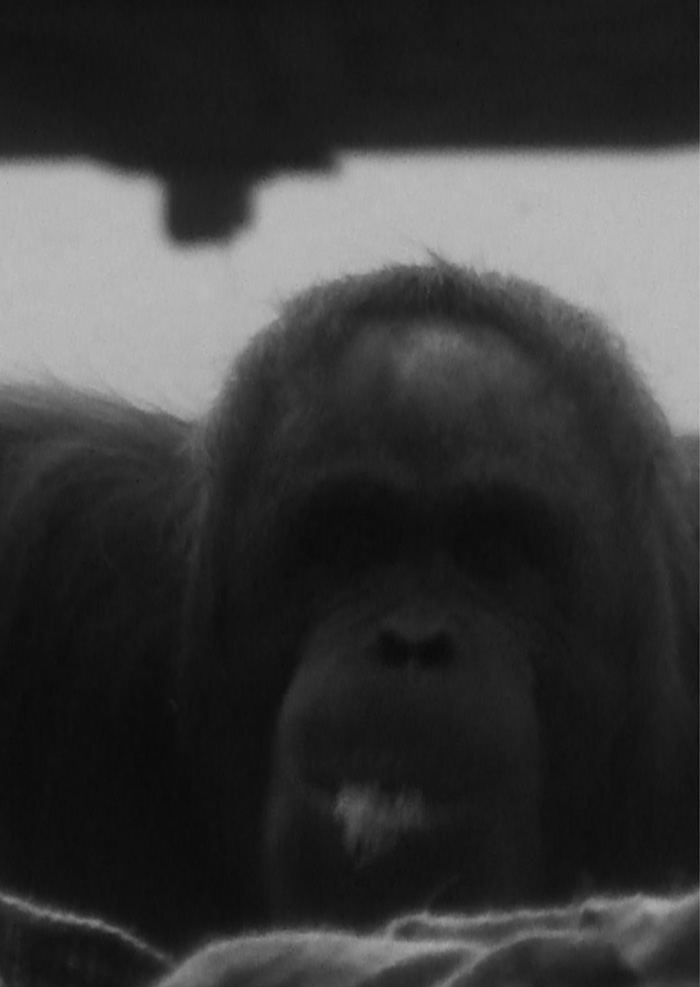
Monkeys are intrinsically tasteless. They famously throw poo at each other. Monkeys also eat each other. The rules of monkeys are too obtuse for us humans to understand. Jane Goodall is one of the world’s most esteemed monkey researchers, and she possibly still finds monkeys mysterious. We wouldn’t know because her Auckland talk sold out quickly.
A gallery is a public space to a point, as a monkey book is a public resource. Galleries are as functional as their funding structures can allow. RM Gallery’s ‘publicness’ operates individually of the Auckland Art Gallery’s, although both receive public funding. An individual’s presence within a gallery is contingent upon their willingness to abide by certain unstated rules. In monkey communities, refusal to comply can result in death, dismemberment, or expulsion. Artist-run spaces do not outline a set of rules required of exhibiting artists, however the rarefied language of contemporary art eliminates those without access to that language.
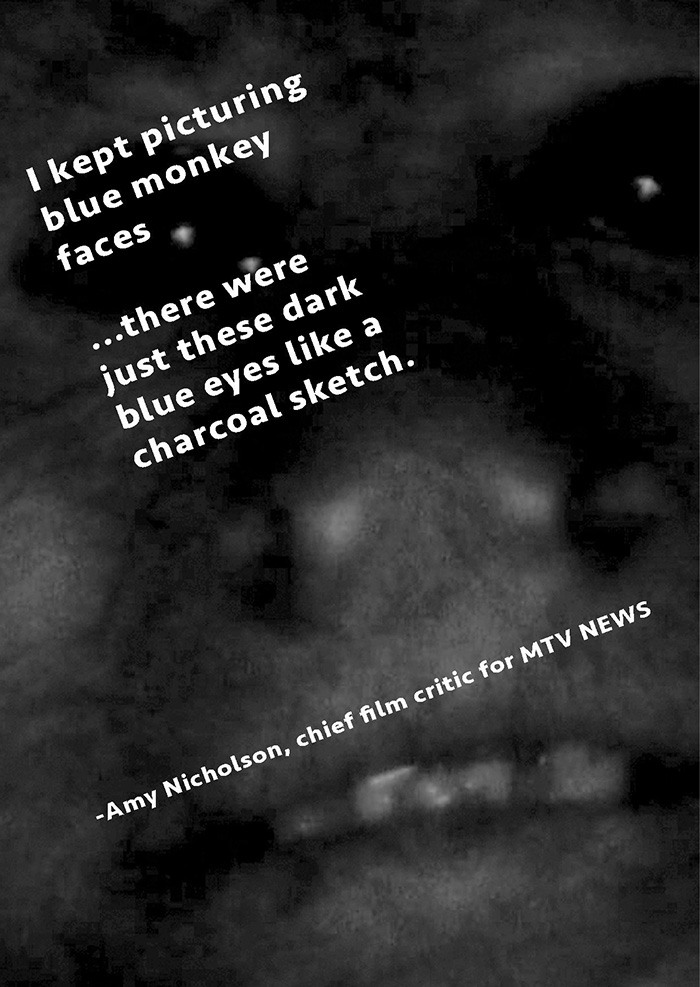
There is no correct way to engage with challenging subjects, however there are a surfeit of state-sanctioned models an artist can adopt if they want to be disruptive yet reasonable. Auckland art schools and the Auckland Art Gallery Toi o Tāmaki overflow with symbolically loaded objects, found and fabricated, which operate on simple moral metaphors. Matching these objects are a wealth of digi-political glitch content, a flurry of slogan-ish asides, a pound of flesh-y internet generated essays. The internet is a freedom and a curse, flaws are beautiful and clichés are everywhere. These works deal in heavy-handed symbolism. Every part is a stand-in for another, a reminder of something the audience will understand when they read the key on the wall. They operate on cultural shorthand, becoming intrinsically limited, intrinsically tasteful. If the ‘message’ was really important, it’d be written directly, rather than wrapped in aesthetic and historic dressings.
This is not to chastise artists, but to offer warning:
Curators are aware of how your work functions. They know what you are doing, and they will try to curate you.
STAND TALL COMRADES!
AND PREPARE TO THROW POO.
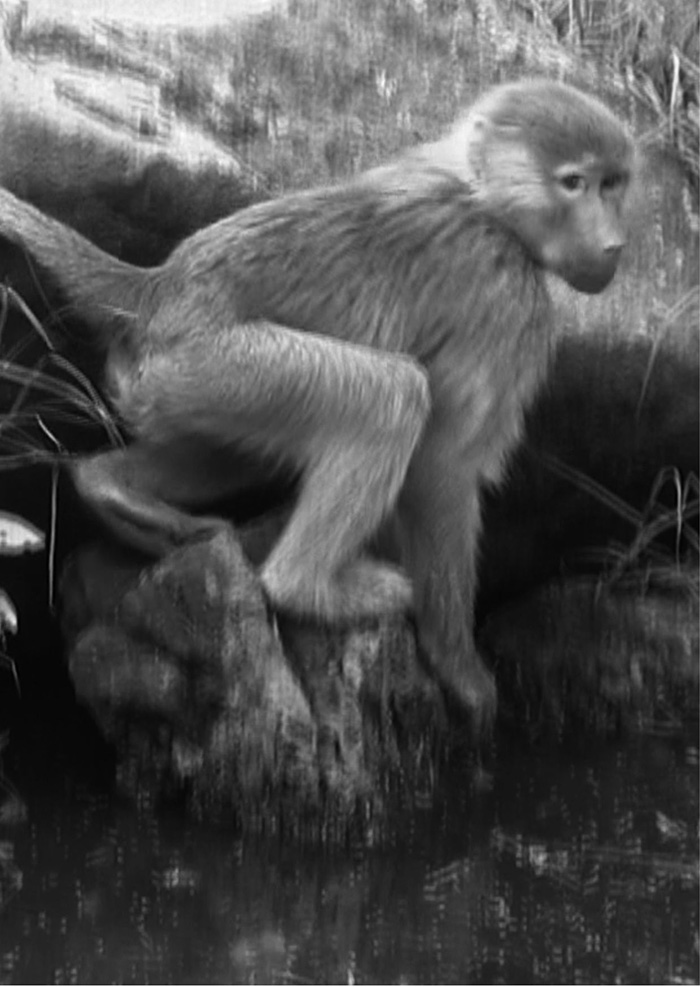
[1] Van Hise, James. Hot Blooded Dinosaur Movies (Las Vegas: Pioneer Books, 1993), 66.
Theo Macdonald is an artist and writer based in Tāmaki Makarau. Using performance, autobiography and found footage, his work examines the symbiotic relationship between late 20th century American media and individual iconography. Recent exhibitions include Bravo! Monster Island is a Peninsula (play_station, Wellington), and Waterfall Confessional (Masons Screen, Wellington).
Isabella Dampney is an artist currently living in Tāmaki Makaurau, whose practice incorporates painting, video, and performance. She has exhibited throughout Aotearoa, pursuing a specifically crude variant of autobiographical humour. Isabella is also involved with noise music, planting plants, and reading the news.